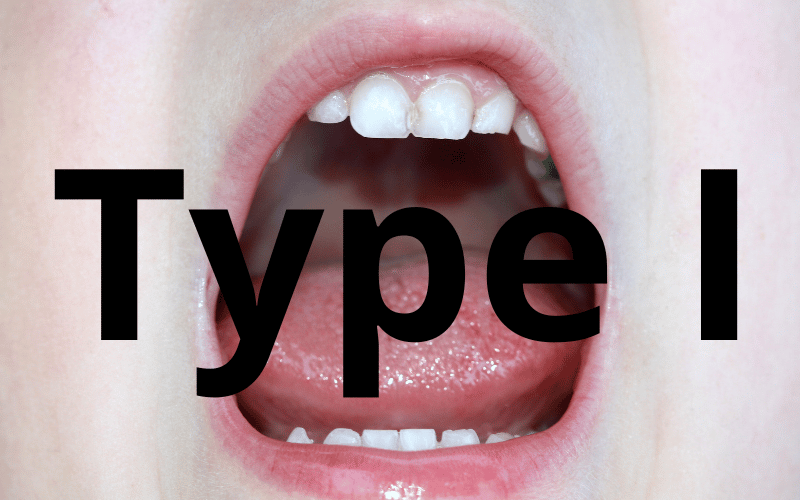Introduction: The Hidden World of Tongue Ties
There’s a realm of medical anomalies that often lurk in the shadows, unseen and unheard. Among these, ankyloglossia stands as a significant yet lesser-known oral condition. Most of us would recognize it by its colloquial name – tongue tie. At its simplest, it’s when the tongue’s freedom of movement is restricted. The culprit? A shorter-than-usual piece of tissue connecting the underside of the tongue to the floor of the mouth.

However, ankyloglossia is not just a single condition. Instead, it manifests in various forms, each with its own set of challenges and implications. Through generations, tales of children struggling with speech or mothers finding breastfeeding unusually painful have floated around in families. While tongue tie has been part of these narratives, the depth of understanding has always been somewhat shallow.
In contemporary times, with medical advancements and increased awareness, the need to delve deeper into ankyloglossia has never been greater. From its impact on speech and oral functions to the emotional and psychological effects it may have on a child and their parents, understanding tongue tie’s intricacies is crucial.
But why does it matter? Why should we care about the distinctions between the types of tongue tie? The answer is simple: Each type affects the individual differently and requires a unique approach to treatment. Thus, by differentiating and understanding these types, we can pave the way for better, more personalized care.
Ankyloglossia, in essence, is a birth condition characterized by an unusually short or tight band of tissue (lingual frenulum) tethering the bottom of the tongue’s tip to the floor of the mouth. It can range from a mild form, where the tongue’s movement is only slightly impaired, to a more severe form, where the tongue is almost entirely anchored to the floor.
Type I: Anterior Tongue Tie

Anterior tongue tie, classified as Type I, is the most visible of the tongue ties and, for many, the easiest to identify. The distinguishing factor of this type is its location. Situated right at the tongue’s tip and attaching to the gum line, individuals with this form often find themselves unable to stretch their tongue beyond their lower front teeth.
Given its forward placement, the anterior tongue tie’s impact is predominantly on sounds that demand the tip of the tongue. It’s not uncommon for children with this tie to grapple with certain phonetic sounds. For instance, the ‘th’ in “thing” or the soft ‘d’ in “ladder” can prove challenging.
This might seem trivial to some, but the repercussions of untreated anterior tongue tie can ripple through a person’s life. It’s not just about speech; it’s about confidence, social interactions, and personal growth. The small tether holds back more than just the tongue; it can inadvertently anchor a person’s self-esteem.
Early detection and intervention can significantly alter the trajectory for someone with an anterior tongue tie. With medical advancements, releasing this tie has become a relatively straightforward process. However, post-procedure care, inclusive of exercises and speech therapy, is crucial to retrain the tongue and achieve the best possible outcomes.(1)